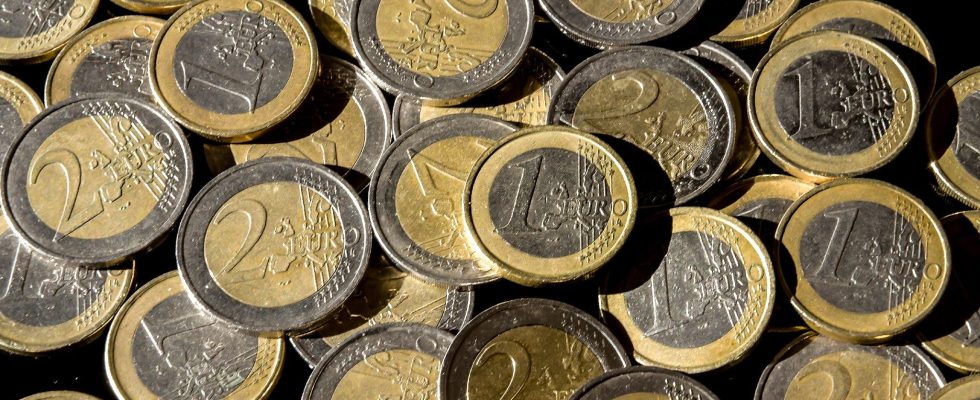Home savings plans (PEL) subscribed since January 1, 2024 benefit from a gross remuneration of 2.25%, or 1.57% after the single flat-rate deduction of 30%. Unlike the rate of the Livret A and the Sustainable and Solidarity Development Booklet (LDDS), the possible variations of which concern all of the products held, the remuneration of the PEL is definitively fixed upon its opening for its entire lifespan, limited to 15 years.
This new rate is higher than that of previous generations: PELs opened from 2016 to 2022 only yield 1% gross, while those signed in 2023 show 2%. But it remains much lower than that of the Livret A, at 3% exempt from tax and social security contributions. The latter is also blocked until January 31, 2025. “It should then probably decline, because the key rates of the European Central Bank will be oriented downwards,” analyzes Maxime Chipoy, the president of MoneyVox. The PEL will then become more competitive.
However, the two investments do not meet the same objective: the A booklet allows you to manage your cash flow on a daily basis, with payments and withdrawals possible at any time. Conversely, the PEL is not liquid, since any withdrawal results in its closure. On the other hand, it gives entitlement to a housing savings loan to finance your main residence after a savings phase of at least four years. The rate of this credit amounts to 3.45% for new plans. An attractive rate currently, but what will it be in four years?
